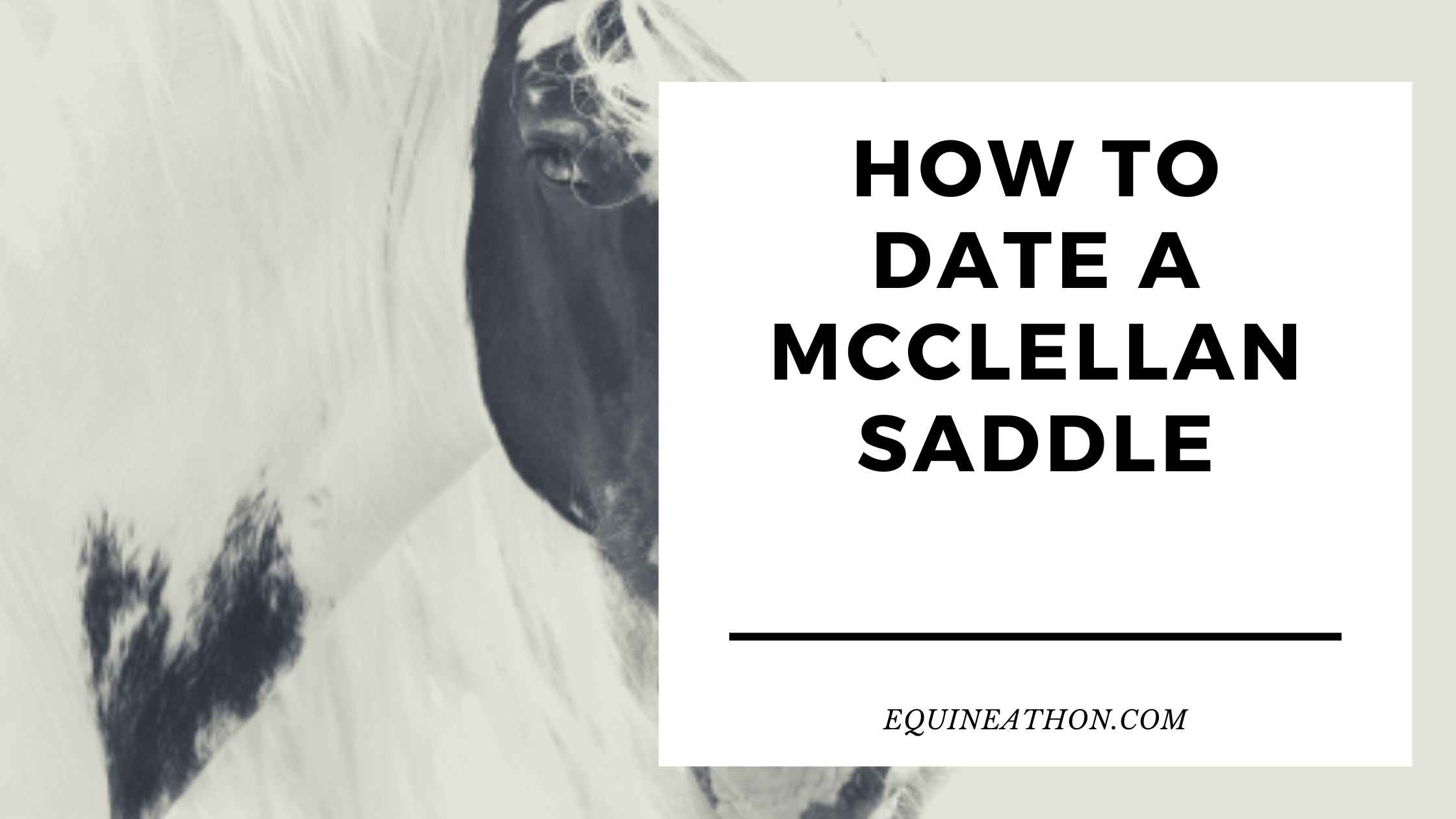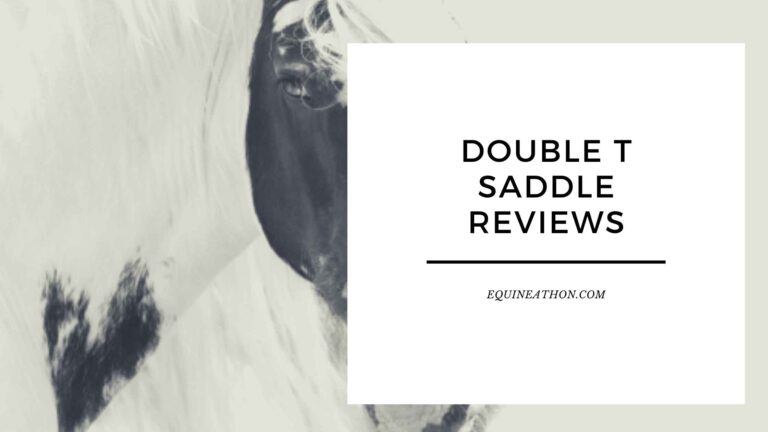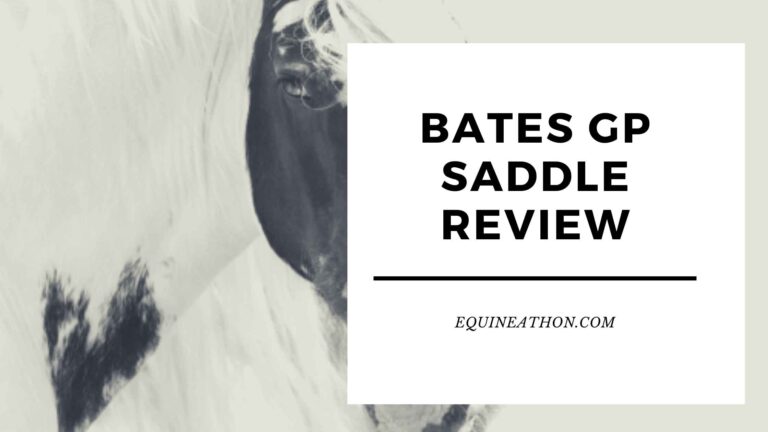How to Date a Mcclellan Saddle
The McClellan saddle is a staple in the history of American equestrianism. Developed by George B. McClellan, a U.S. Army officer, after his observations during the Crimean War, it’s been used by the U.S. cavalry for over a century.
This distinctive saddle, with its minimalist design to reduce weight, is both loved and critiqued by many. As with many antiques and historic items, dating a McClellan saddle can be a thrilling experience, akin to becoming a detective of the past.
Here’s how you can uncover the age and history of your McClellan saddle.
1. Examine the Tree Design
The McClellan saddle underwent several changes during its long service in the U.S. military. Early versions from the 1850s had a different tree shape than those produced in the 20th century. A close examination can give clues to its period of production.
2. Inspect for Manufacturer’s Marks or Stamps
Over the years, many manufacturers produced the McClellan saddle for the U.S. military. By checking for any visible stamps or marks on the leather, you might be able to identify the manufacturer and narrow down a time frame based on when they were in operation.
3. Look for Contract Dates
Some McClellan saddles have contract dates stamped into them. This would typically be a clear indicator of the year the saddle was made.
4. Assess the Hardware
Early McClellan saddles had brass hardware, while those made during WWI and later might have iron or steel. The type and style of the hardware can offer hints about the era in which the saddle was manufactured.
5. Check the Rigging
McClellan saddles produced before the 20th century had a different rigging system than those made later. Familiarize yourself with the evolution of the rigging design to help you determine the age.
6. Material Matters
Original McClellan saddles were made with rawhide-covered trees. However, during certain periods, especially during wars when materials were scarce, different materials might have been used.
7. Size Specifications
Earlier McClellan saddles were generally narrower, reflecting the smaller stature of horses during the 19th century. Later versions accommodate larger horses, which can be a clue to its age.
8. Dive into Historical Records
Sometimes, the best clues come from diving deep into historical documents, journals, and military records. They can provide insights into specific batches of saddles, their manufacturers, and dates of production.
9. Seek Expert Opinion
Consider seeking out experts or historians who specialize in military memorabilia or equestrian antiques. They can often provide invaluable insights based on their experience and expertise.
10. Join Online Communities
There are numerous online forums and groups dedicated to equestrian history and specifically to McClellan saddles. Engaging in these communities can be a treasure trove of information.
In conclusion, dating a McClellan saddle is a combination of keen observation, a bit of research, and sometimes seeking expert advice. It’s a journey through history that can be immensely rewarding for those passionate about equestrian heritage. Happy dating!
ALSO SEE: Bates Advanta Saddle Reviews

FAQs on Dating a McClellan Saddle
- What is a McClellan saddle?
- A McClellan saddle is a distinct type of saddle originally designed for the U.S. Cavalry in the 1850s by Captain George B. McClellan.
- How can I identify a McClellan saddle?
- Look for features like a prominent pommel arch, single cinch ring, rawhide-covered sidebars, heart-shaped stirrups, and a hard, contoured seat.
- Do McClellan saddles have serial numbers?
- Yes, many original McClellan saddles were stamped with serial numbers which can be pivotal in dating them.
- Where can I find the serial number on the saddle?
- Check under the flaps, on the fenders, and underneath the saddle. These marks are sometimes discreetly placed.
- How do materials help in dating the saddle?
- The type and quality of leather, stitching style, and design differences can provide clues about the age and model of the saddle.
- Were McClellan saddles used in wars?
- Yes, they were produced and used especially during conflicts like the Civil War, Spanish-American War, and both World Wars.
- Who can assist in dating a McClellan saddle?
- Antique saddle experts or historical societies can be invaluable resources in this process.
- How can comparing my saddle help in dating it?
- By comparing with documented McClellan saddles in museums or collections, you can note design and material nuances that might correlate with your saddle’s age.
- Can documents help in tracing the saddle’s age?
- Yes, auction records, old sales ads, or military supply documents might provide insights into the origins and timelines of specific saddles.
- Is wear and tear a definitive way to date the saddle?
- Not definitively, but the aging of leather and hardware can sometimes give a rough estimate of its age.
- Was Captain George B. McClellan the only designer of these saddles?
- He was the original designer, but over the years, variations and modifications might have been made by others.
- Why is the pommel arch prominent in McClellan saddles?
- It’s one of the distinct features of the McClellan saddle design, providing a unique look and functional advantage for military use.
- Are there reproductions of McClellan saddles?
- Yes, there are reproductions available, which is why it’s essential to check for authentic markers when dating.
- What era is considered the peak production time for McClellan saddles?
- They were particularly prominent during times of conflict in the late 19th and early 20th centuries.
- What makes the McClellan saddle historically significant?
- Its use by the U.S. Cavalry and presence in various wars makes it a piece of tangible history.
- Are all McClellan saddles stamped with emblems?
- Many are, but not necessarily all. It’s always good to inspect thoroughly.
- How do I differentiate between an original and a replica?
- Materials, maker marks, and design nuances can help. Consulting with an expert is also advised.
- Are there specific museums that house McClellan saddles?
- Yes, various military and history museums might have them in their collections.
- Do the brass fixtures on the saddle help in dating it?
- They can, as certain designs or markings on the brass might align with particular production periods.
- Were all McClellan saddles made with a single cinch ring?
- The original designs predominantly featured a single cinch ring, but variations could exist in later models or reproductions.
- How does historical context help in dating the saddle?
- By knowing when specific models were produced and for what purpose, you can correlate your saddle’s features to a probable era.
- What’s the significance of the heart-shaped stirrups?
- It’s a distinct feature of many McClellan saddles and adds both functional value and aesthetic appeal.
- How do rawhide-covered sidebars contribute to the saddle’s functionality?
- They provide durability and strength, crucial for military use where ruggedness is paramount.
- Can I use the saddle for regular riding?
- While some might find them suitable for riding, they are often more valued for their historical significance.
- Are McClellan saddles comfortable for long rides?
- They were designed for functionality over comfort, so they might not be as cushioned as modern saddles.
- Do I need special care for preserving my McClellan saddle?
- Proper leather care, storage away from direct sunlight and moisture, and periodic checks for wear are recommended.
- Is the contoured seat unique to the McClellan design?
- The hard, contoured seat is a characteristic feature of many McClellan saddles, designed for durability in tough conditions.
- Where can I buy an authentic McClellan saddle?
- Antique stores, auctions, and specialized equestrian shops might have them. Ensure authenticity before purchase.
- Are there books or resources dedicated to McClellan saddles?
- Yes, various books and online resources delve into the history and details of these saddles.
- How has the McClellan saddle influenced modern saddle design?
- Its emphasis on durability and function has inspired certain aspects of modern military and utility saddle designs.
- Are there any McClellan saddle user groups or communities?
- Yes, various historical societies, equestrian forums, and collector groups discuss and celebrate the McClellan saddle.
- Do military academies still train with McClellan saddles?
- Most have modernized their equipment, but they might still use them for historical demonstrations or teachings.
- Were McClellan saddles used exclusively by the U.S. Cavalry?
- They were primarily designed for the U.S. Cavalry, but they might have been used by other military units or sold internationally.
- How much does an authentic McClellan saddle cost?
- Prices vary based on age, condition, and historical significance. Consult experts or auction houses for valuations.
- Why are there different models of McClellan saddles?
- Variations were made to suit specific needs or to incorporate design improvements over time.
- How heavy is a typical McClellan saddle?
- Weight can vary, but due to their military design, they are relatively lightweight compared to other saddles of their era.
- Is the leather on McClellan saddles treated differently?
- The leather treatment might vary based on the production period and intended use, such as in wetter conditions.
- Were all McClellan saddles made in the U.S.?
- The original ones were, but reproductions might have been made elsewhere. Always check authenticity markers.
- What should I avoid doing when trying to date a McClellan saddle?
- Avoid making assumptions based solely on appearance. Utilize multiple methods and consult experts when in doubt.
- Why is dating a McClellan saddle important?
- It helps in understanding its historical significance, ensuring its authenticity, and appreciating its value as a piece of history.







